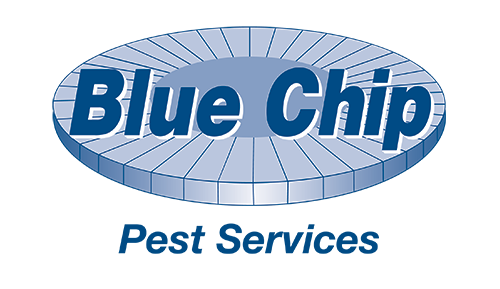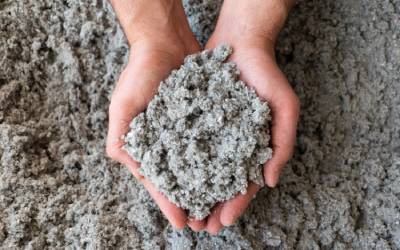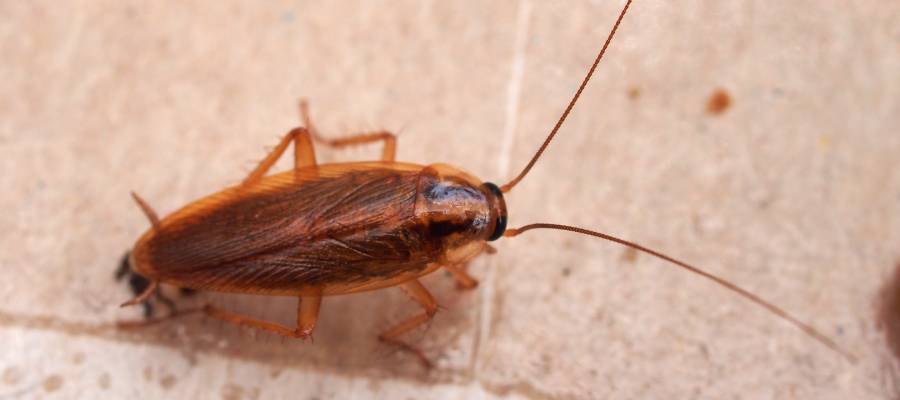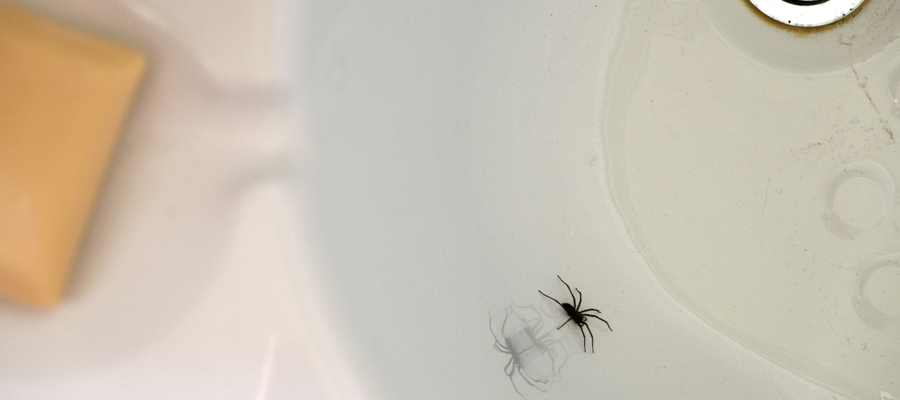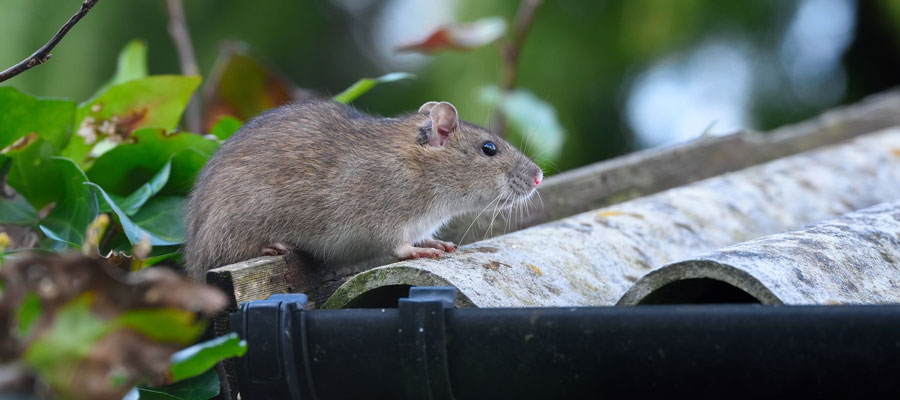Insulation to Treat Your Pests
Treating pests in St. Louis can be a constant battle. Keeping track of everything you need to do and maintain in order to deter bugs and rodents from your property can be overwhelming – and even more frustrating when you consider that you can do everything right and still wind up with an infestation.
You know that you can trust the team at Blue Chip Pest Services to treat any infestation that may strike your St. Louis home. But wouldn’t you rather not have to call for treatment in the first place? There are “treated” insulation options that claim to act as a replacement for traditional pesticides, but what exactly does that mean? Does pest-treated insulation really work?
What is Treated Insulation?
If you’ve been looking into insulation, you may already be familiar with insulation treated with EPA-registered pesticides. They say this additional chemical component works to kill and deter a variety of pests and “protect” the home. But does it really?
The harsh reality of treated insulation is that, while they function as passable insulators, they can only protect the insulation itself from pest damage. If you want to keep infestations from affecting your home and the people that need it, you’ll need something far more comprehensive.
What is TAP Insulation?®
TAP, or Thermal Acoustic Pest Control Insulation, is a loose-fill, blown-in insulation made up of primarily recycled cellulose. Unlike treated insulation, TAP is not infused with any sort of inorganic solution. Instead, the individual pieces of cellulose are coated with Borate. Many pests, when they come into contact with this mineral, ingest it and cannot pass it, resulting in an eventual death from malnutrition or dehydration.
This pest-killing insulation kills many of the major insect pests in St. Louis, from creatures as small as Formosan termites to those as large as roaches and slugs. With TAP, you can effectively kill infestations before they even have a chance to form, all without you having to lift a finger.
Benefits of TAP Insulation
Killing pests is only one benefit of installing TAP Pest Control Insulation. When installed correctly, TAP can last and remain effective almost indefinitely. As long as you monitor the moisture in your household, you’ll never need to worry about replacing your insulation. And even speaking outside the scope of pest control, TAP still acts as a quality insulator. It has a taller R-value than fiberglass, and it’s mold and heat resistant. It can even dampen sound flow, leaving your home energy-efficient and far more comfortable.
Only those with the right training and certification can install TAP Insulation, which gives it a higher bar of quality compared to competitors. And if you’re a homeowner in St. Louis looking for TAP Pest Control Insulation, the best provider in the area is the team at Blue Chip Pest Services.
Blue Chip Pest Services For Pest Control Insulation
Since we first opened our doors in 1971, we’ve been working to build a team that values thorough and ongoing training. We work to be the most qualified in the area at the things we do best – not only TAP Insulation, but all manner of pest control for homes and businesses across St. Louis. We can make moves to drastically improve the quality of life for you and anyone with whom you share a home. You don’t have to choose between pest protection and quality insulation. Let Blue Chip Pest Services install TAP insulation today and leave you with tangible peace of mind. Contact us today to get started.
